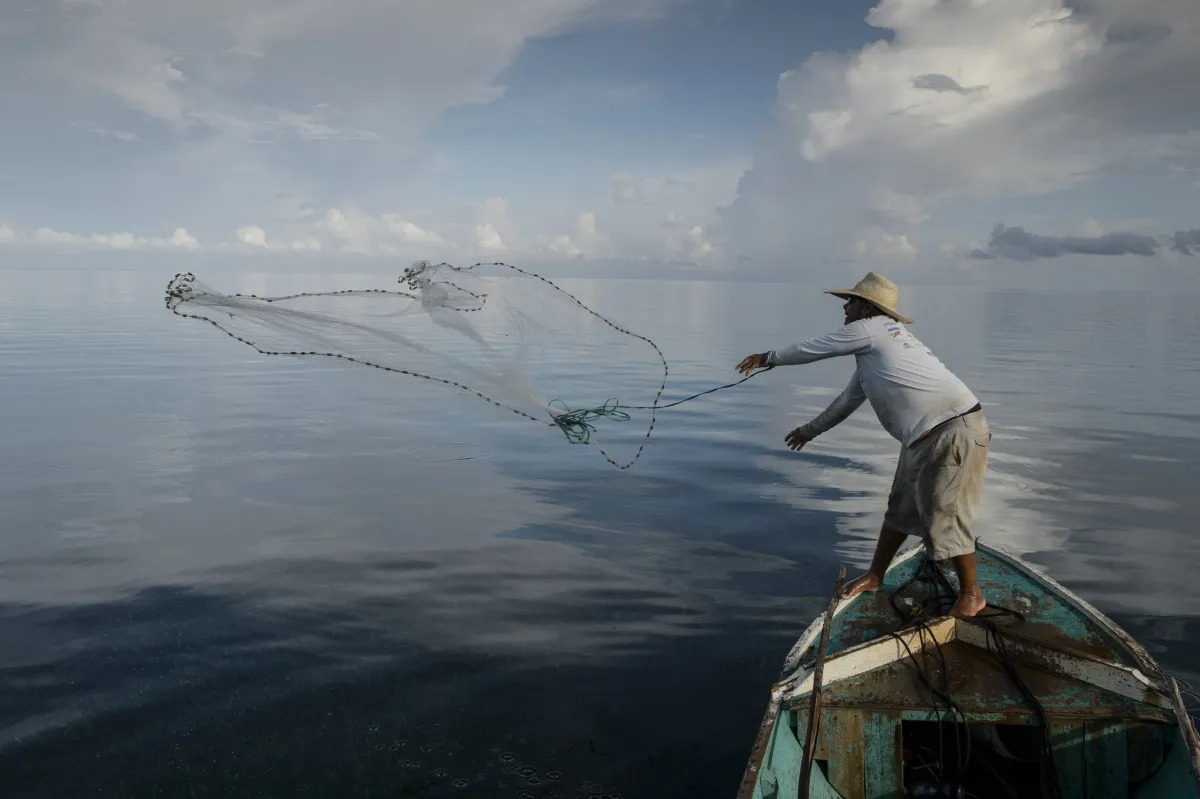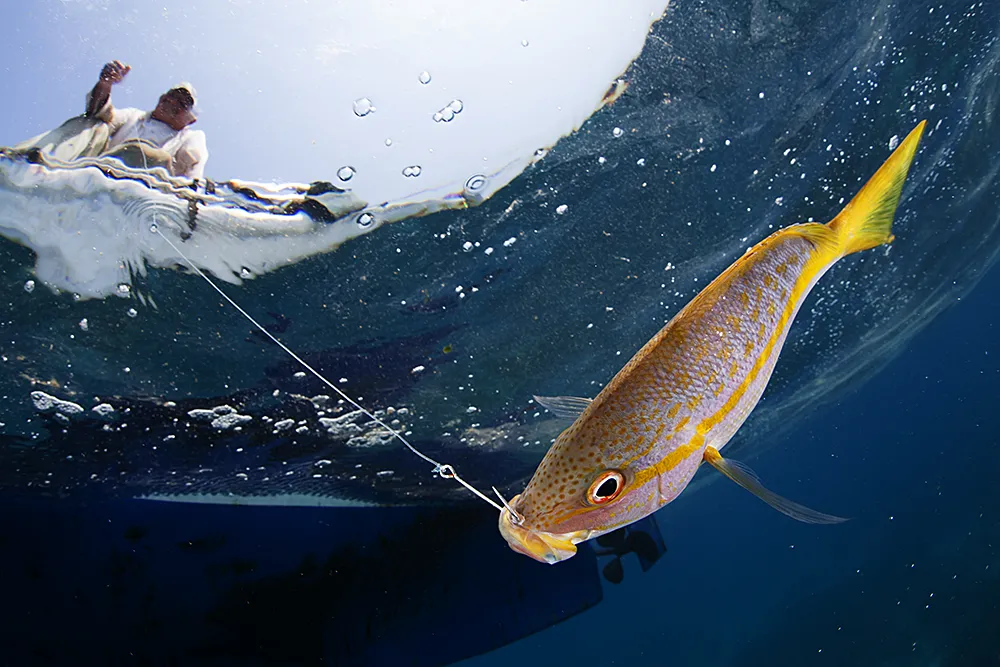
Search
News & Highlights

Mangrove deforestation rates are slowing as the importance of these ecosystems is more widely understood and valued. Full press release.

Over 70 stakeholders from Mexico, Belize, Guatemala, and Honduras, came together to participate in the formulation of a strategy to manage the mangroves of the Mesoamerican reef ecoregion. Full article in Spanish.

Catch reconstructions of Honduran fisheries from 1950-2015 reveal for the first time the real importance of small-scale fisheries. These fisheries have higher total landed catches and are worth more annually than industrial fisheries, highlighting their importance to local economies and food security. Full press release.

Mangroves and the ecosystem services they provide are starting to gain increasing recognition. They will now be included in the Healthy Reefs for Healthy People biennial report card for Mesoamerica. Smithsonian Voices article.

Morphometric (body shape) analyses provide an accurate tool for determining where fish were caught. This cost-effective tool could make important progress towards reducing illegal unregulated and undocumented fishing. Smithsonian Magazine article.

Researchers within the marine conservation program are using a range of genetic analyses to promote and improve the management of fisheries. Smithsonian Voices article.

In the design of marine reserves it is critical that the ecological needs of target species are balanced with the socio-economic needs of fishers, to ensure reserves provide benefits to both. Full press release.

Genetic analyses identified that queen conch populations are fragmented throughout the Caribbean. This new research changes our previous conception of a single meta-population and has significant implications on future management of this species. Full press release.

Using data from the Caribbean Coastal Marine Productivity program (CARICOMP) it was identified that local-scale chronic stressors are widespread. A decline in water quality was observed at a 42% of the data collection stations, with decreases in visibility associated with human density. Full press release.